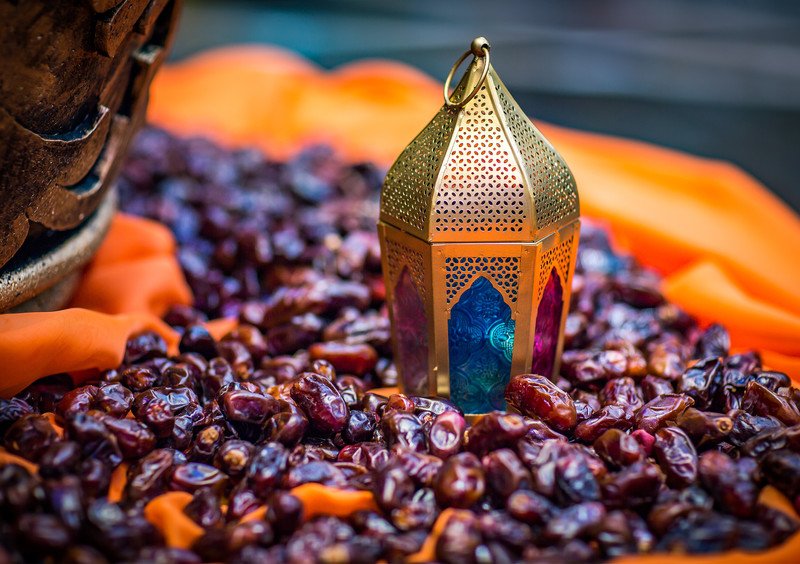
Cracking Harga Kurma: Date Prices and Quality Unveiled
Understanding Harga Kurma: The Dynamics of Date Prices
Harga Kurma, or date prices, can vary based on several factors. Let’s delve into the factors that influence date prices and gain a better understanding of this intriguing aspect:
Origin and Variety:
The origin and variety of dates significantly impact their prices. Dates grown in specific regions or those that are rare and unique tend to command higher prices due to limited availability and higher demand. Popular varieties such as Medjool and Deglet Noor may also have different price ranges based on their quality and market demand.
Harvesting and Production Costs:
The costs associated with harvesting and production play a role in date prices. Factors such as labor, irrigation, fertilization, and pest control contribute to the overall production costs. Dates that require extensive manual labor or specialized cultivation techniques may have higher prices to reflect these additional expenses.
Quality and Grading:
The quality and grading of dates have a direct impact on their prices. Higher-quality dates, characterized by factors such as size, texture, moisture content, and taste, often command premium prices. Dates that undergo meticulous sorting and grading processes to ensure uniformity and superior quality may also be priced higher.
Ensuring Date Quality and Authenticity: Tips for Shoppers
When shopping for dates, customers can follow these tips to determine the quality and authenticity of the dates they are considering:
Visual Inspection:
Inspect the dates visually. Look for uniformity in size, color, and shape within the same package. Avoid dates that appear discolored, excessively dry, or have mold growth, as these can indicate poor quality or potential spoilage.
Texture and Moisture:
Feel the texture of the dates. They should be plump, soft, and slightly sticky. Avoid dates that are overly dry or hard, as they may lack freshness. Dates with the right moisture content tend to offer a more enjoyable eating experience.
Smell and Taste:
Take a whiff of the dates. They should have a pleasant, sweet aroma. When tasting, the dates should deliver the expected flavor profile without any off-notes or bitterness. High-quality dates exhibit rich and distinct flavors that are characteristic of their variety.
Trusted Sources:
Purchase dates from trusted sources such as reputable vendors, specialty stores, or established online platforms. These sources are more likely to offer genuine and high-quality dates. Read customer reviews and feedback to gain insights into the reputation and credibility of the seller.
Certifications and Labels:
Check for certifications or labels that indicate the dates meet certain quality standards. For example, organic or fair trade certifications can provide assurance about the cultivation practices and authenticity of the dates. Be aware of counterfeit labels and ensure they come from reliable certification bodies.
Unveiling the Secrets of Date Shopping
By understanding Harga Kurma and employing these tips to assess date quality and authenticity, customers can make informed decisions when shopping for dates. Embark on a delightful journey of taste and enjoyment, savoring the richness and authenticity of the finest dates available.
Sorting and Grading Dates: Ensuring Quality at Every Step
The process of sorting and grading dates is crucial for ensuring their quality and consistency. Here’s an overview of the steps involved in sorting and grading dates:
Step 1: Harvesting and Cleaning
Dates are harvested when they reach their optimal ripeness. After harvesting, the dates are carefully cleaned to remove any dirt, debris, or impurities. This step is essential to prepare the dates for further processing.
Step 2: Size and Weight Sorting
Dates are sorted based on their size and weight. Specialized equipment is used to separate the dates into different categories, ensuring uniformity within each group. This helps in creating standardized packaging and allows customers to know what to expect in terms of size.
Step 3: Visual Inspection
Trained inspectors visually examine the dates for any physical defects or blemishes. Damaged, discolored, or irregularly shaped dates are removed from the batch to maintain high-quality standards. This step helps in ensuring that only visually appealing dates make it to the market.
Step 4: Moisture Content Testing
Dates are tested for their moisture content to determine their freshness and quality. This is typically done using specialized equipment that measures the water content within the dates. Proper moisture content is important to ensure the desired texture and taste of the dates.
Step 5: Taste and Flavor Evaluation
Dates are sampled and evaluated for their taste, flavor, and overall eating experience. Trained professionals assess the sweetness, texture, and flavor profile of the dates to ensure they meet the desired standards. This step helps in maintaining consistency and delivering a delightful sensory experience to consumers.
Step 6: Packaging and Labeling
After sorting and grading, the dates are packaged and labeled according to their quality and variety. This includes providing information such as the date variety, origin, grade, and any relevant certifications. Proper packaging helps in preserving the quality and freshness of the dates during transportation and storage.
By following these rigorous sorting and grading processes, dates producers and distributors can ensure that only high-quality dates reach the market. This helps consumers in making informed choices and enjoying dates that meet their expectations in terms of appearance, taste, and overall quality.
Key highlights:
– Sorting and grading dates is essential to ensure their quality and consistency.
– The process involves harvesting, cleaning, and sorting dates by size and weight.
– Visual inspection is conducted to remove any physical defects or blemishes.
– Moisture content testing is performed to determine freshness.
– Dates are evaluated for taste, flavor, and eating experience.
– Proper packaging and labeling are done to preserve quality and provide information.
– Sorting and grading processes help consumers make informed choices and enjoy high-quality dates.